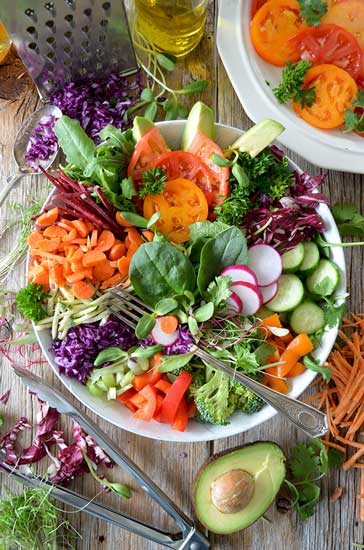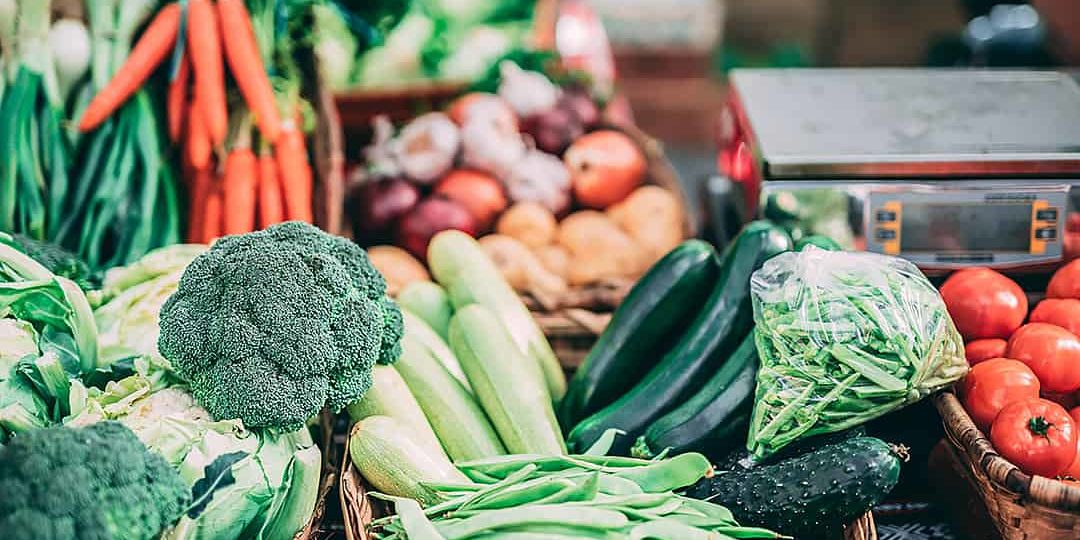Let’s face it, whatever healthful living change you are looking to take on, actually making it narrows down to focus on two primary areas; mindset and behavior, ie what you do with that mindset. At Good Fat Company, we love to talk about healthful eating which includes getting nutrient-rich, green plant-based foods into the diet… so much that we have devoted this monthly blog post to that purpose!
Once you have made a commitment to focus on getting more greens in your diet (the mindset), setting up a good system can help reinforce the behavior to actually make it happen and to stay on track.
A few things to consider in this game plan are as follows:
What’s in-season?
This may come up a lot but is definitely a key area to include and a great place to start. Not only can it be a cost-saving strategy it is also sound for favorable nutrition intake.
Buying Schedule
The key to this is to ensure you have sufficient greens in stock, but not an excess so that you inadvertently end up with food waste. It can also help to break down an estimate for intake per person in the household. See this Healthline article, How Many Servings of Vegetables Should You Eat Per Day?, for some key information on how to measure out a nutritional serving. If I might be so bold to recommend adding a serving or two to this estimate as a goal to get more greens into your diet. Nutritional guidelines on fruit and vegetable servings are a little problematic and may be below an optimal standard because they don’t factor in facets such as bio-individuality and effects from adverse environmental factors.
Produce Upkeep
There are a few preservation tips for keeping produce fresh. The Kitchn’s Guide to Storing Fruits and Vegetables is pretty good. This How to Store Fruits and Vegetables guide from Real Simple is also great. It provides general recommendations as well as direct links for specific foods. Also, for those on the risk of turning, they can usually be cooked, turned into a nice kraut, or frozen.
Sprucing Up Meals
There are a plethora of resources out there on how to add more greens to your various meals, so I won’t spend too much time “re-inventing the wheel”, however, the key is to focus on boosting overall nutrition, flavor, and eye-appeal which can certainly help with the finicky eaters of the bunch.
Avoid Food Waste
Food waste data is not pretty (see this LINK for data on food waste). How to Keep Produce Fresh Longer – Infographic. Ends, clippings, leafy tops, etc. can all be used for a variety of things. The most obvious is to make broth with vegetable and herb scraps. There are a few best practices to this, such as not using too many cruciferous pieces, but in general, most vegetable scraps can be the base for a good vegetable broth. Another hack I leverage is using the juice from frozen fruit for overnight oats. Other uses for food scraps are juicing, feeding certain animals, and composting.
Have fun!
The best tip of all. Increasing intake of healthful foods can open up new doors for recipes and meal planning. You never know what new discoveries you will come upon that might be brilliant and a new staple for you and your family at meal time!
Yours in Health,
Ashley Arnold
Ashley runs a lifestyle health coaching service centered on evidence-based behavioral change and systematized approaches from integrative health services and healthcare. She includes functional health assessment tools that support setting more clear, realistic goals that are tailored to each client. She appreciates the products and mission of Good Fat Company due to the emphasis on whole-food, nutrition-rich products without processed additives or fillers. Also, that the product line is applicable across dietary spectrums from vegan to paleo and most anywhere in between. Further information can be found at www.ashleylarnold.com.


